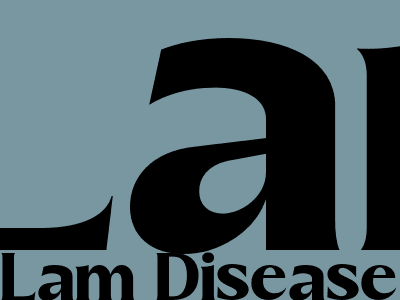Lam Disease: A Rare Genetic Disorder
What Causes Lam Disease?
Lam disease is a rare genetic disorder caused by mutations in the DMPK gene which provides instructions for making the enzyme myotonin-protein kinase. Mutations in this gene lead to an abnormal accumulation of a specific type of RNA, called myotonic dystrophy type 1 (DMPK) RNA, which disrupts the normal function of cells and tissues.
Symptoms of Lam Disease
The symptoms of Lam disease can vary depending on the individual, but commonly include muscle weakness and wasting, difficulty swallowing, impaired speech, cataracts, cardiac arrhythmias, and cognitive impairment.
Muscle Weakness and Wasting
Muscle weakness and wasting are common symptoms of Lam disease, affecting the muscles of the face, neck, arms, and legs. This can lead to difficulties with everyday activities such as walking, climbing stairs, and lifting objects.
Difficulty Swallowing
Difficulty swallowing, also known as dysphagia, is another common symptom of Lam disease. This is due to weakness and incoordination of the muscles involved in swallowing, leading to problems with eating and drinking.
Impaired Speech
Impaired speech, or dysarthria, is a common symptom of Lam disease. This is due to weakness and incoordination of the muscles involved in speech, leading to difficulty with pronunciation, volume, and fluency.
Cataracts
Cataracts, a clouding of the eye's lens, are a common symptom of Lam disease. They can lead to blurred vision, sensitivity to light, and impaired night vision.
Cardiac Arrhythmias
Cardiac arrhythmias, or irregular heartbeats, are a common symptom of Lam disease. These arrhythmias can range from mild to severe, and can lead to symptoms such as palpitations, chest pain, and shortness of breath.
Cognitive Impairment
Cognitive impairment, affecting memory, attention, and executive function, is a common symptom of Lam disease. The severity of cognitive impairment can vary, and can range from mild to severe.
Treatment for Lam Disease
Currently, there is no cure for Lam disease. Treatment focuses on managing the symptoms and improving the quality of life for individuals with the condition. Treatment options may include physical therapy to strengthen muscles, speech therapy to improve communication, and medications to manage cardiac arrhythmias.

Comments